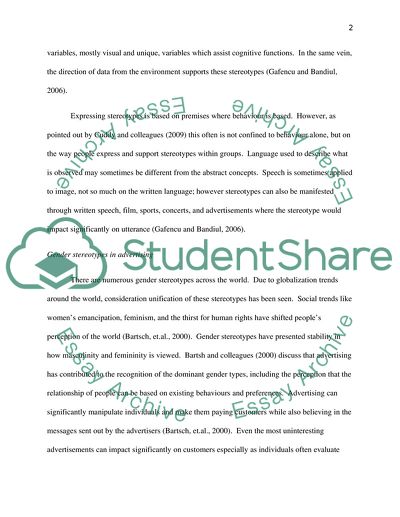Cite this document
(Stereotypes in Advertising Coursework Example | Topics and Well Written Essays - 1750 words, n.d.)
Stereotypes in Advertising Coursework Example | Topics and Well Written Essays - 1750 words. https://studentshare.org/media/1619963-stereotypes-in-advertising
Stereotypes in Advertising Coursework Example | Topics and Well Written Essays - 1750 words. https://studentshare.org/media/1619963-stereotypes-in-advertising
(Stereotypes in Advertising Coursework Example | Topics and Well Written Essays - 1750 Words)
Stereotypes in Advertising Coursework Example | Topics and Well Written Essays - 1750 Words. https://studentshare.org/media/1619963-stereotypes-in-advertising.
Stereotypes in Advertising Coursework Example | Topics and Well Written Essays - 1750 Words. https://studentshare.org/media/1619963-stereotypes-in-advertising.
“Stereotypes in Advertising Coursework Example | Topics and Well Written Essays - 1750 Words”. https://studentshare.org/media/1619963-stereotypes-in-advertising.


